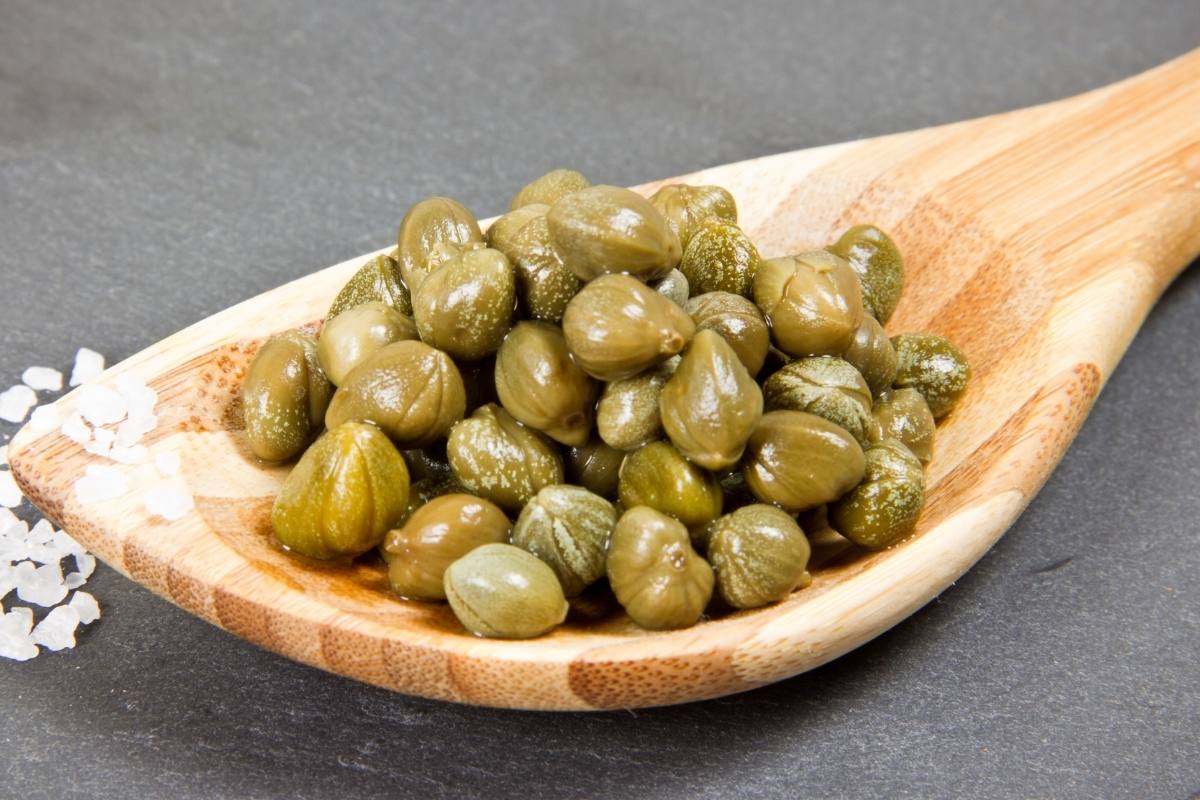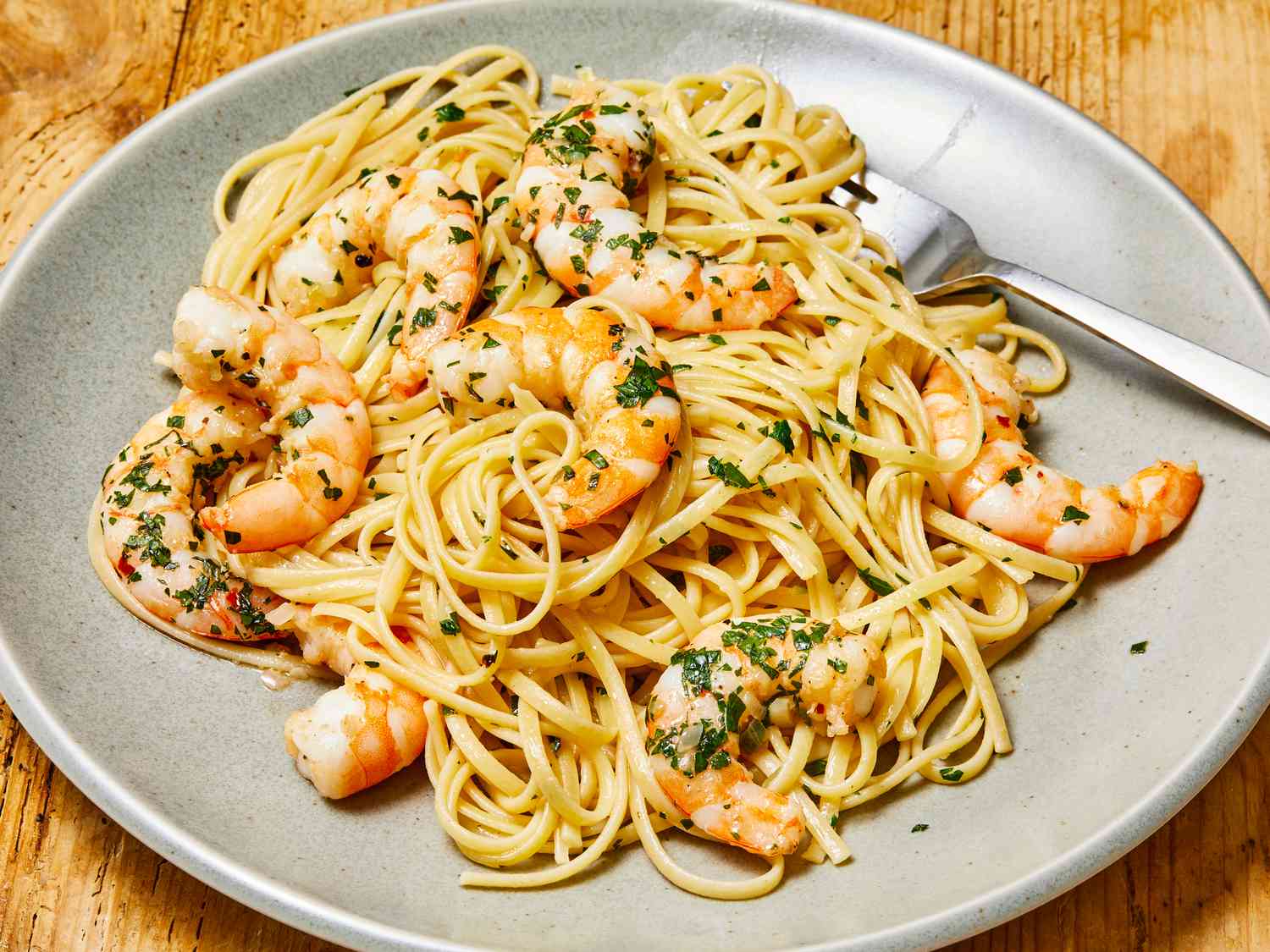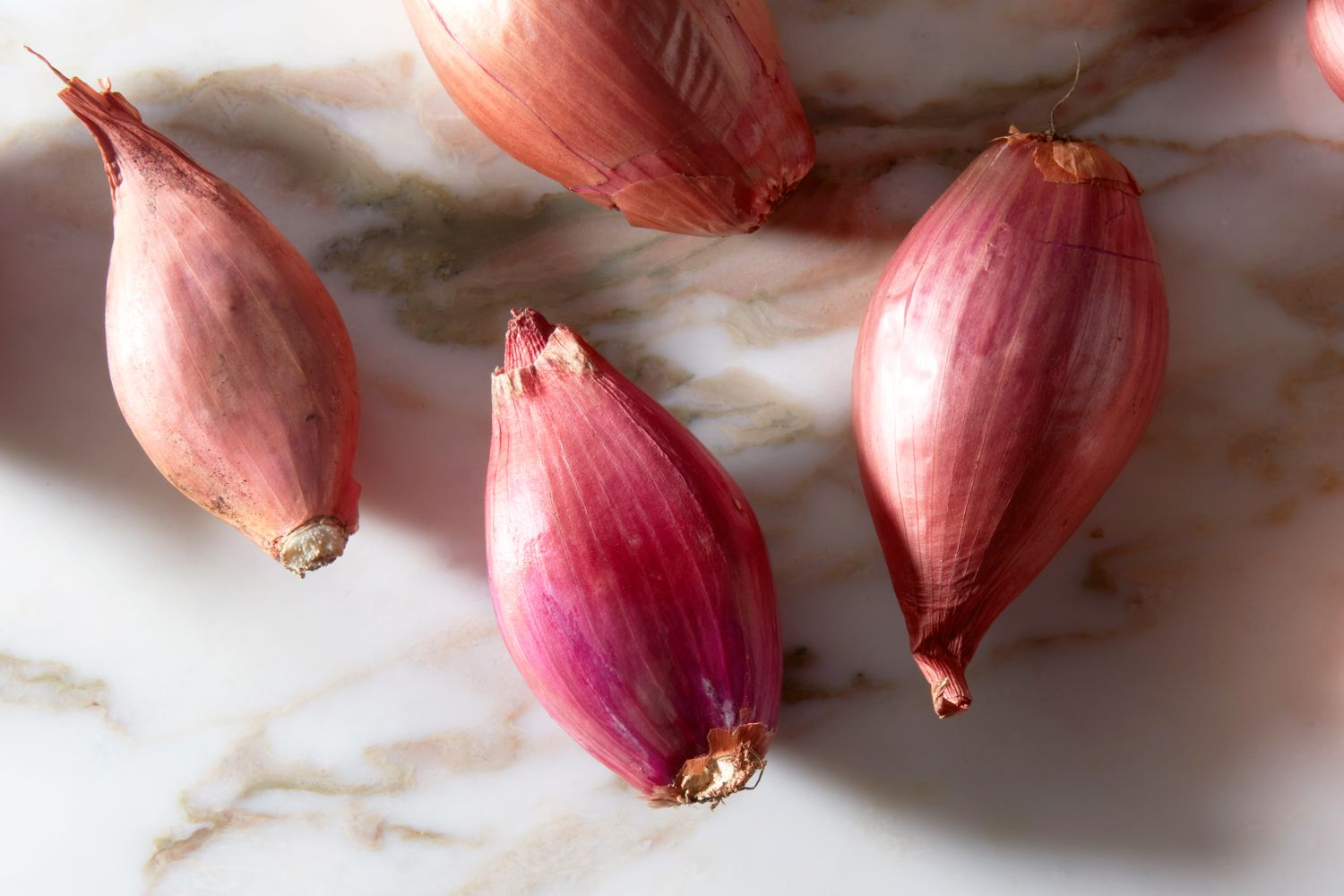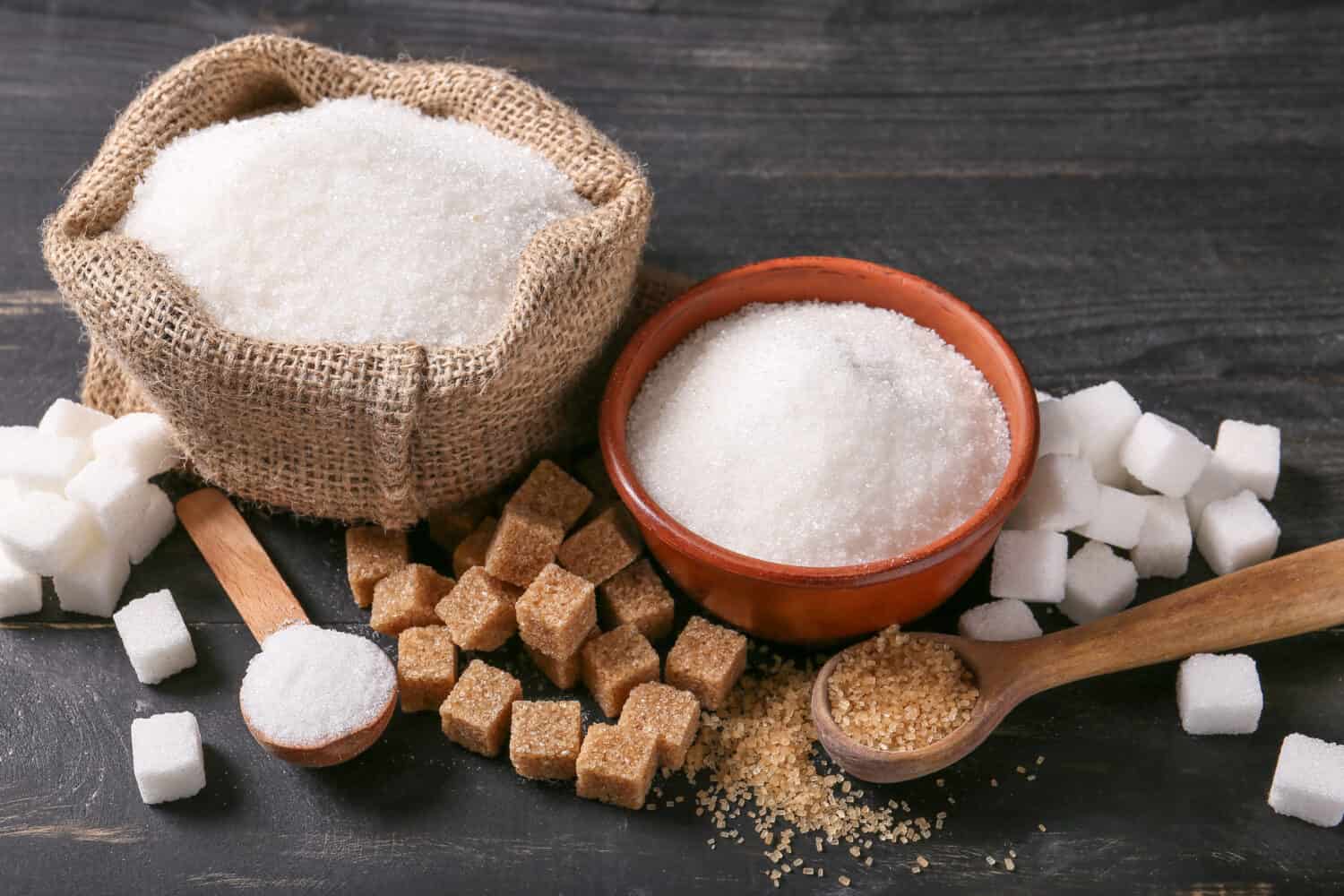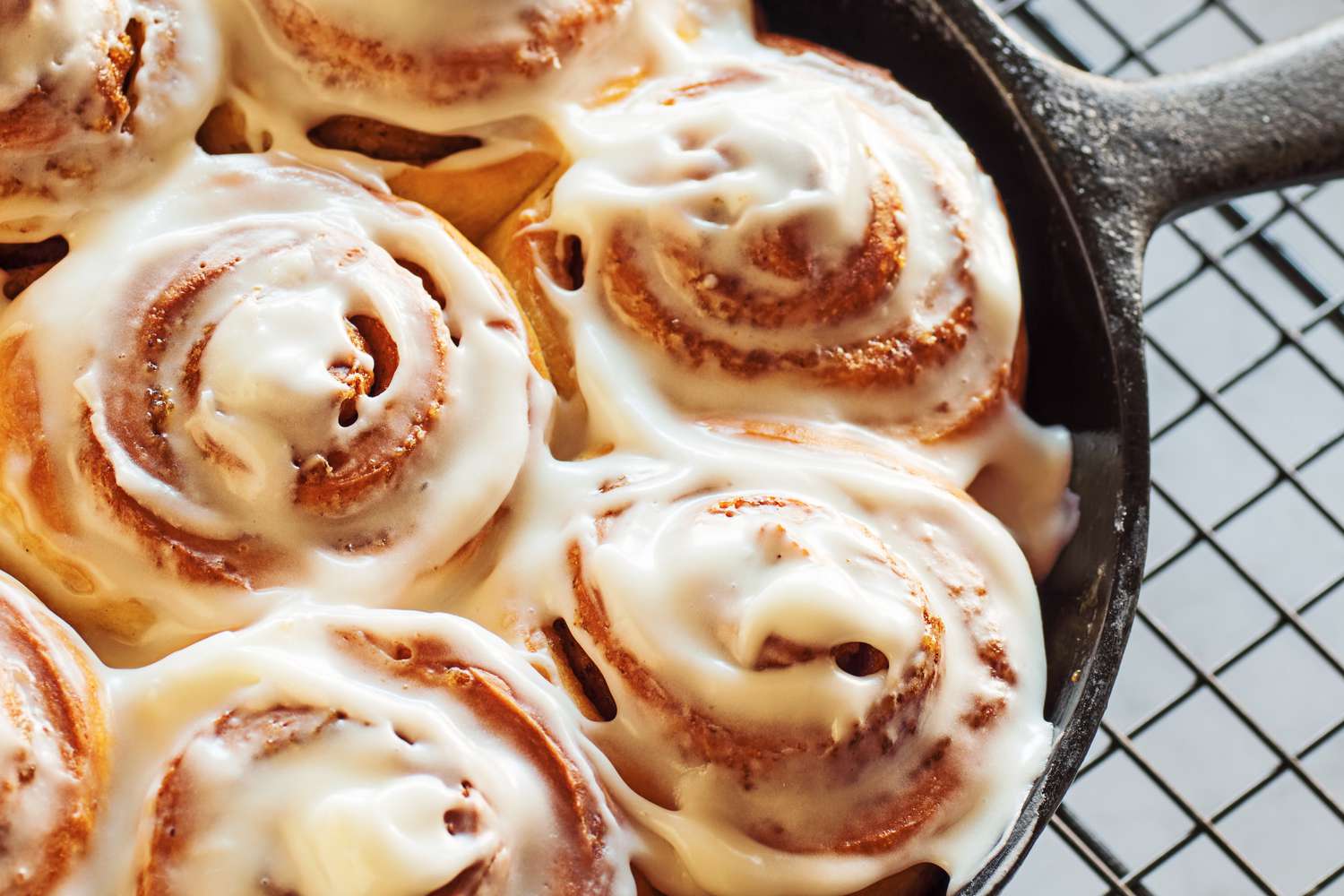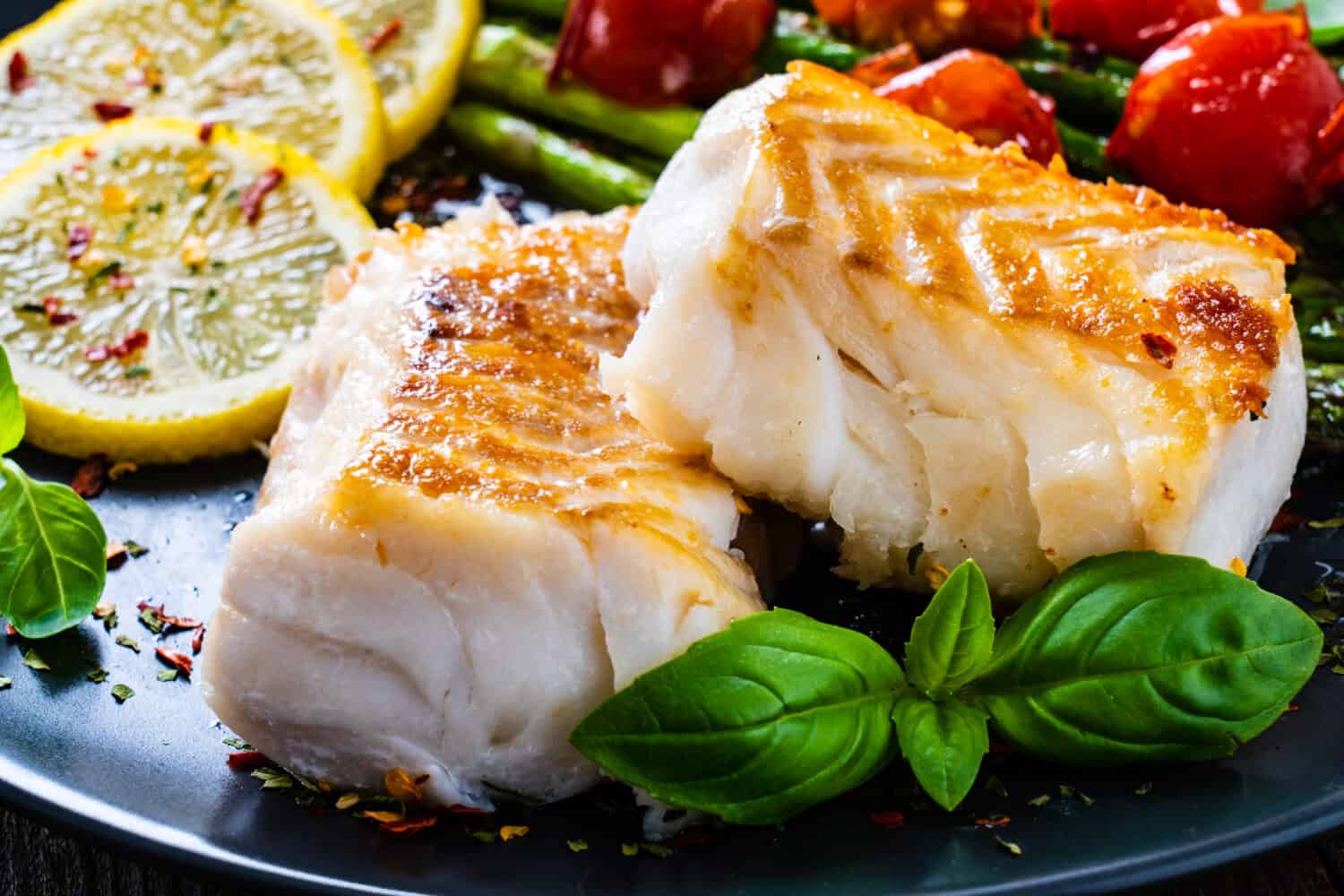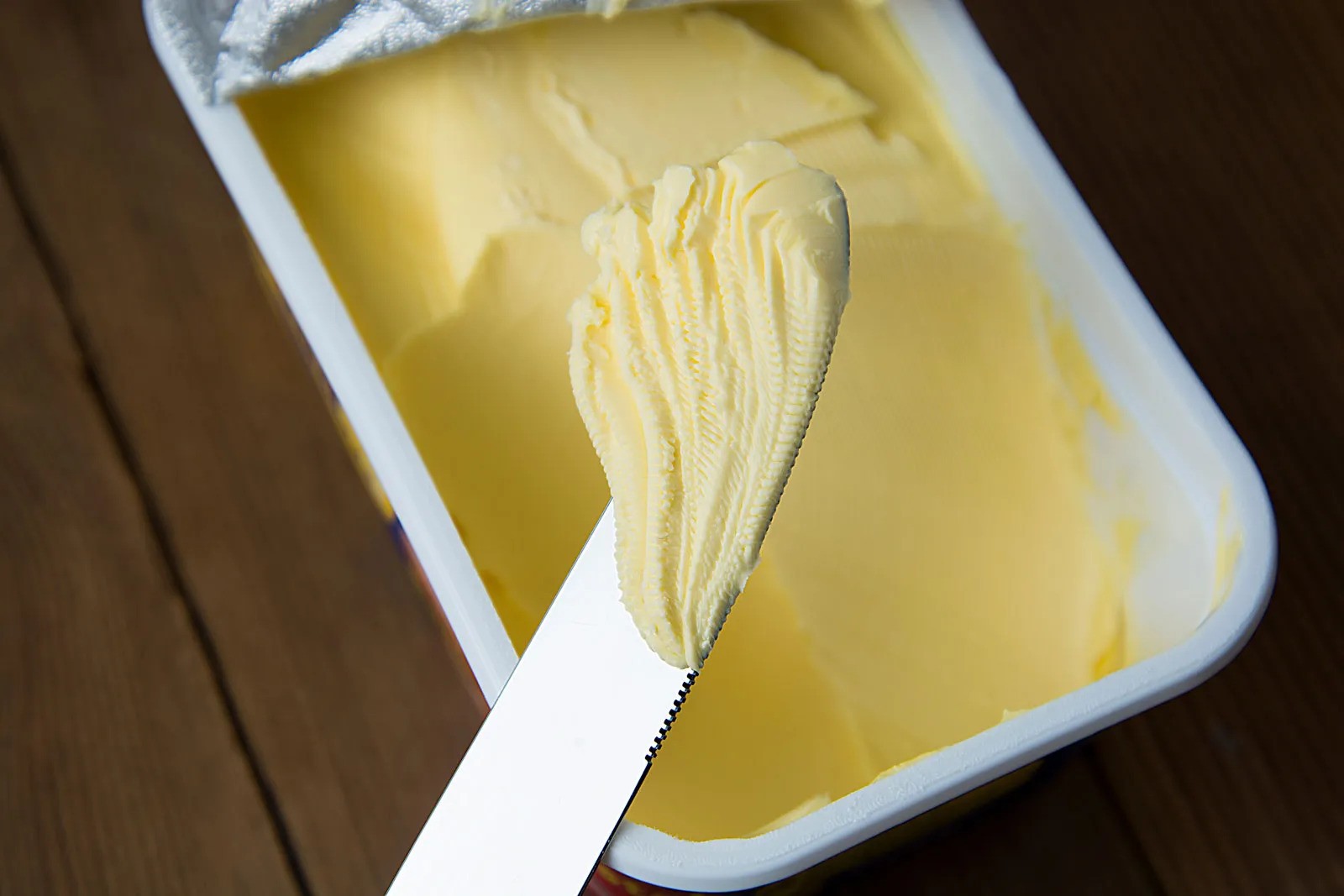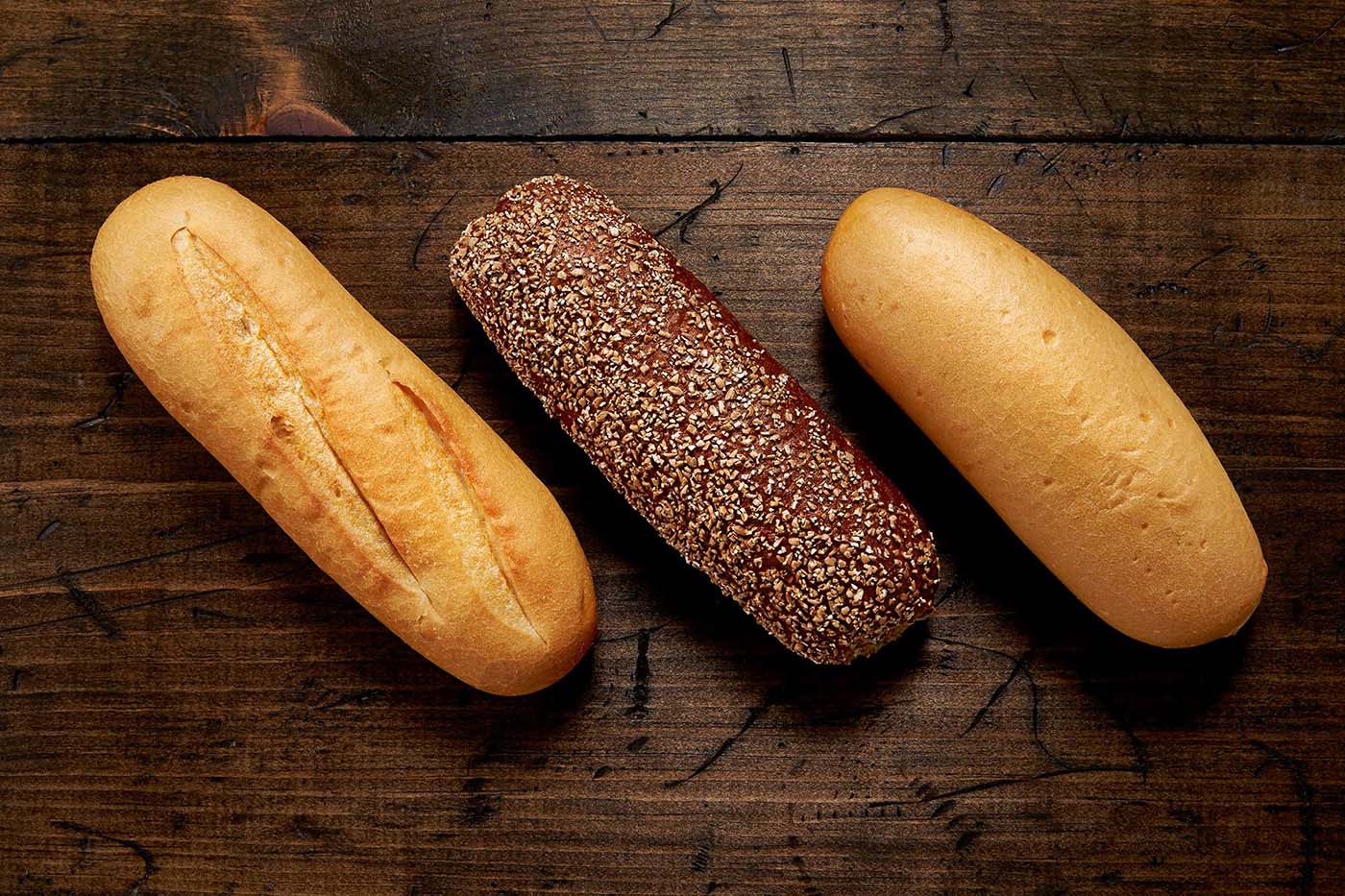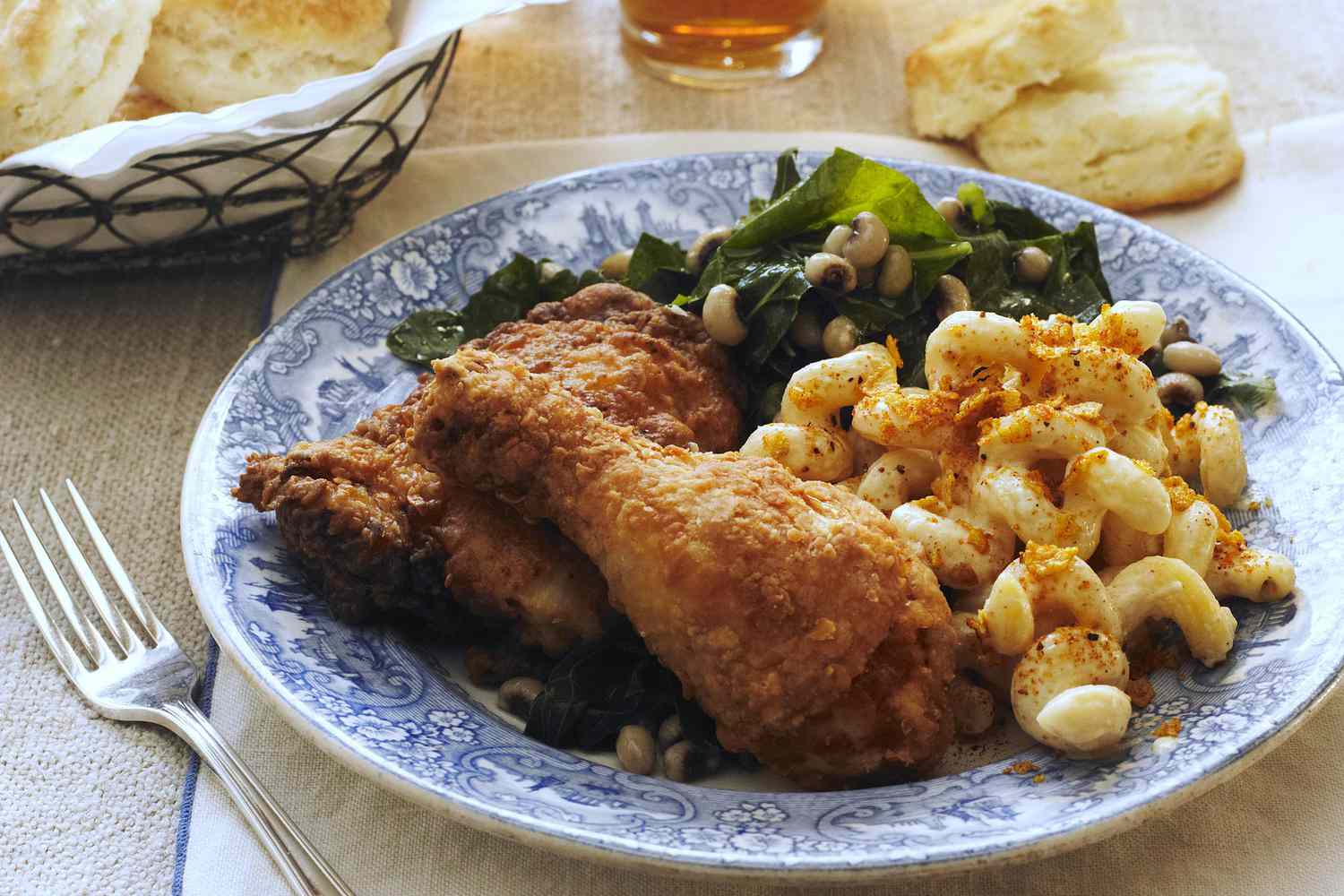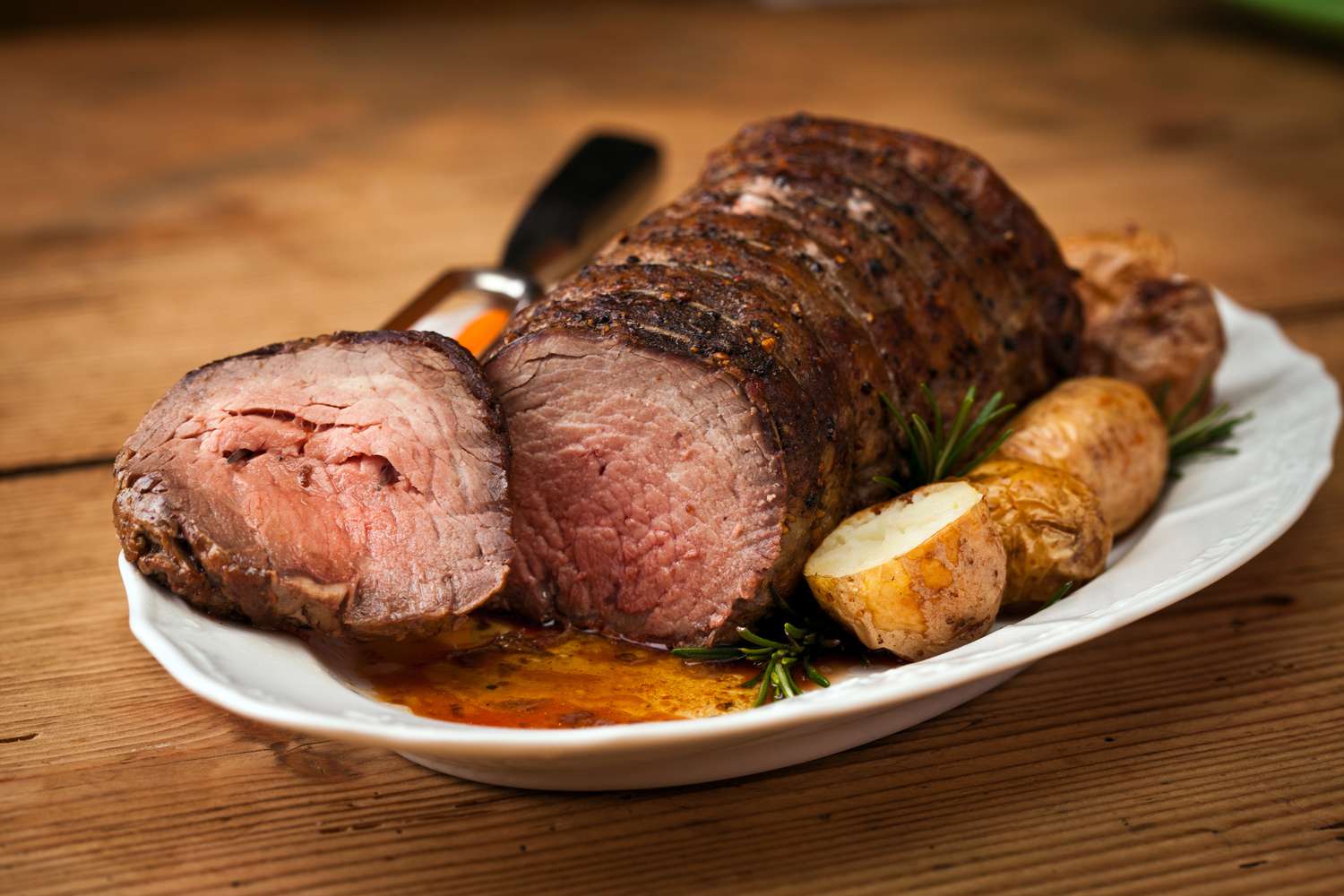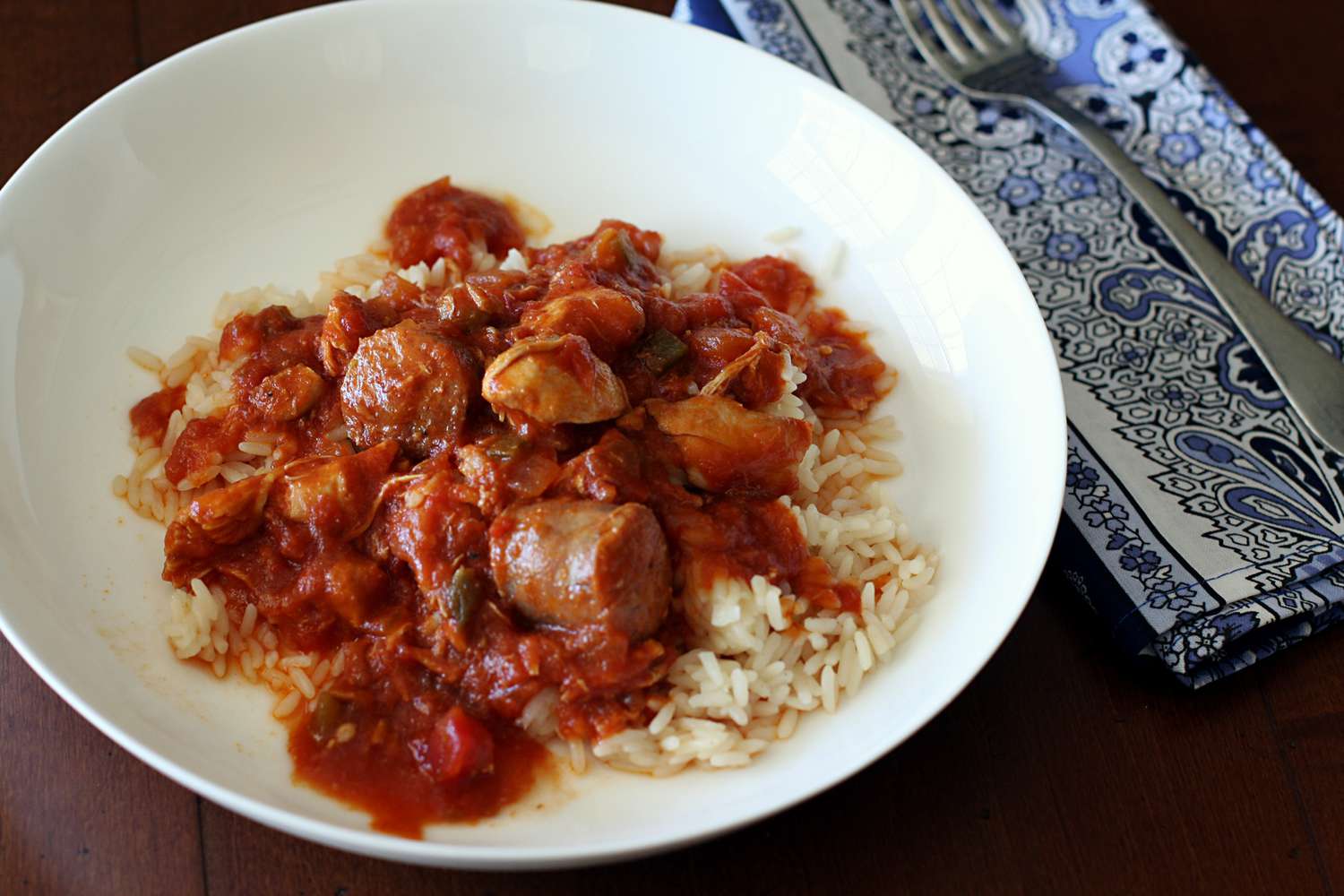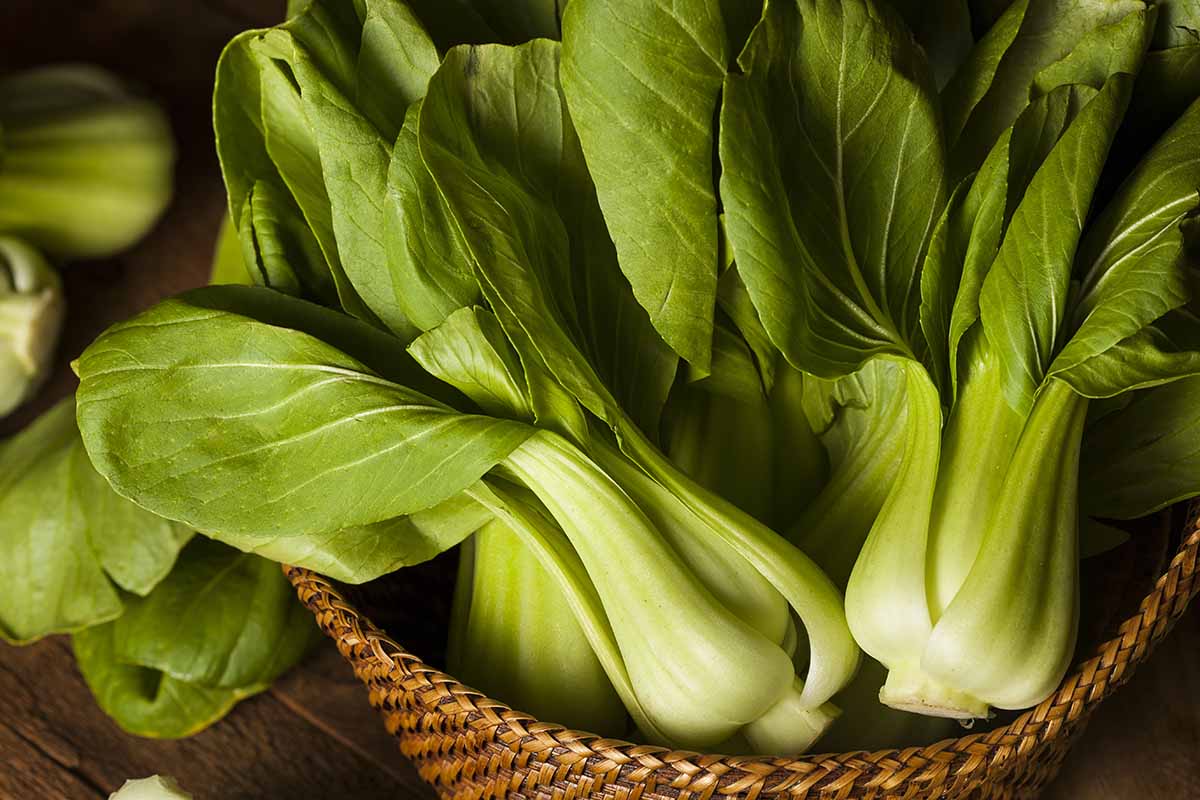When it comes to cooking and preparing meals, having the right tools can make all the difference. Two essential items found in most kitchens are the colander and the strainer. While they may look similar and serve similar purposes, there are some key differences between the two.
Let's take a closer look at each of these kitchen tools and explore their unique features and uses.
Colander
A colander is a bowl-shaped kitchen utensil that is typically made of metal, plastic, or silicone. It features evenly spaced holes or perforations on the sides and bottom, allowing liquids to drain out while keeping solid food items contained. Colanders come in various sizes and are commonly used for draining pasta, rinsing fruits and vegetables, and straining liquids from cooked foods.
Key Features of a Colander:
- Bowl Shape: Colanders have a wide, bowl-like shape with handles on either side, making it easy to hold and maneuver.
- Perforated Holes: The holes in a colander are designed to allow liquids to drain out while keeping the food inside.
- Versatility: Colanders are versatile and can be used for a wide range of kitchen tasks, from draining pasta to washing produce.
Strainer
On the other hand, a strainer is a kitchen tool that is designed to separate liquids from solids. It typically consists of a fine mesh or perforated screen that is attached to a handle or rim. Strainers are commonly used for sifting dry ingredients, removing seeds from juices, and straining out small particles from liquids.
Key Features of a Strainer:
- Fine Mesh or Perforated Screen: Unlike colanders, strainers have a finer mesh or perforated screen that is effective at separating small particles from liquids.
- Handle or Rim: Strainers often have a handle or rim that allows them to be placed over a bowl or container for easy pouring and straining.
- Specialized Uses: Strainers are often used for more delicate tasks, such as sifting flour or removing impurities from liquids.
Key Differences
While both colanders and strainers are used for draining and straining, there are some distinct differences between the two:
-
Perforation Size: The most noticeable difference is the size of the perforations. Colanders have larger holes, allowing for the quick drainage of larger food items, while strainers have finer mesh or perforations, making them suitable for straining smaller particles.
-
Versatility: Colanders are more versatile and can be used for a wide range of tasks, including draining pasta and washing produce, while strainers are more specialized and are typically used for sifting dry ingredients and straining liquids.
-
Design: Colanders are typically bowl-shaped with handles, while strainers often have a handle or rim that allows them to be placed over a bowl or container for easy pouring and straining.
In summary, while colanders and strainers may appear similar at first glance, they serve different purposes in the kitchen. Colanders are ideal for draining larger food items and washing produce, while strainers are designed for sifting dry ingredients and straining smaller particles from liquids. Both of these kitchen tools are essential for any home cook and can make meal preparation much more efficient and enjoyable.
Was this page helpful?
Read Next: What Is Chicken Katsu Don
